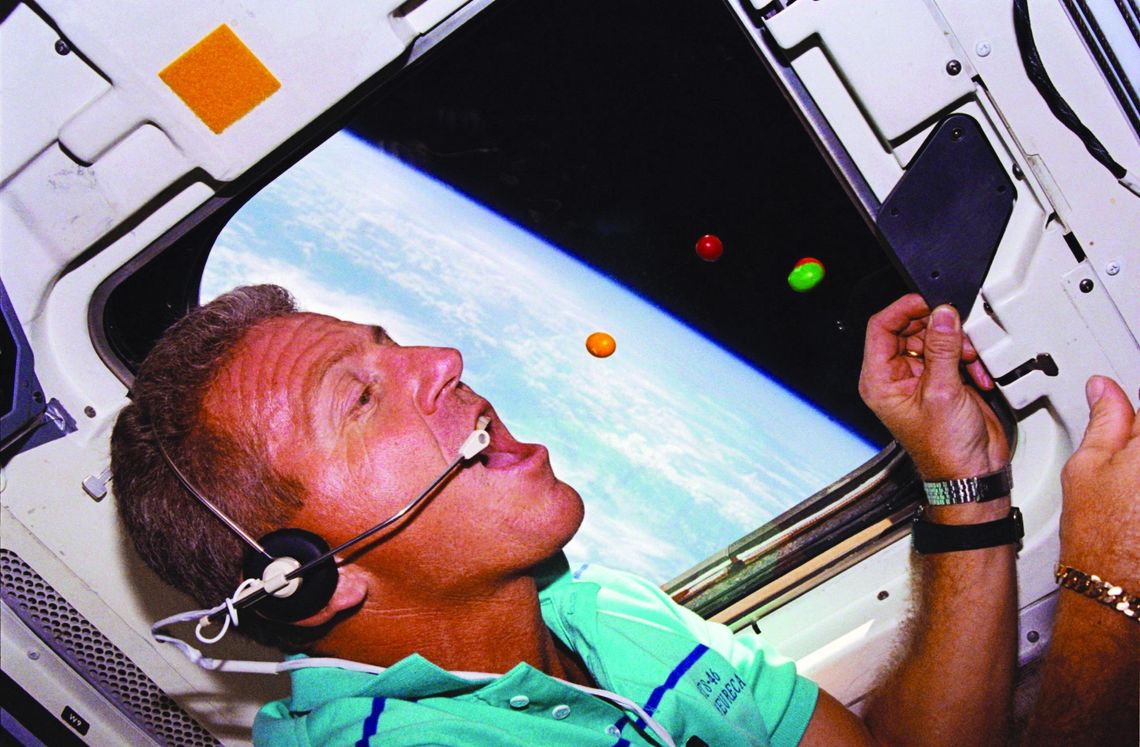When Russian cosmonaut Yuri Gagarin orbited the earth in 1961, he proved that a human could orbit the planet and survive. He also proved that humans could eat and swallow in zero gravity when he squeezed beef and liver paste into his mouth from an aluminum tube.
Since then, missions into space have expanded in every way imaginable. One of great strides forward has been the variety of foods available to astronauts and the success of overcoming the challenges of eating and working in microgravity.
Wimberley resident Mike Fohey, who spent 40 years as a contractor at the National Aeronautics and Space Administration, knows all about those challenges.









